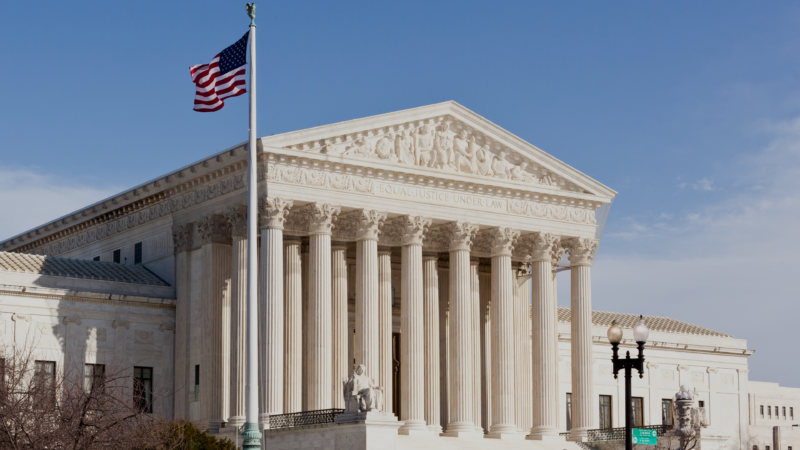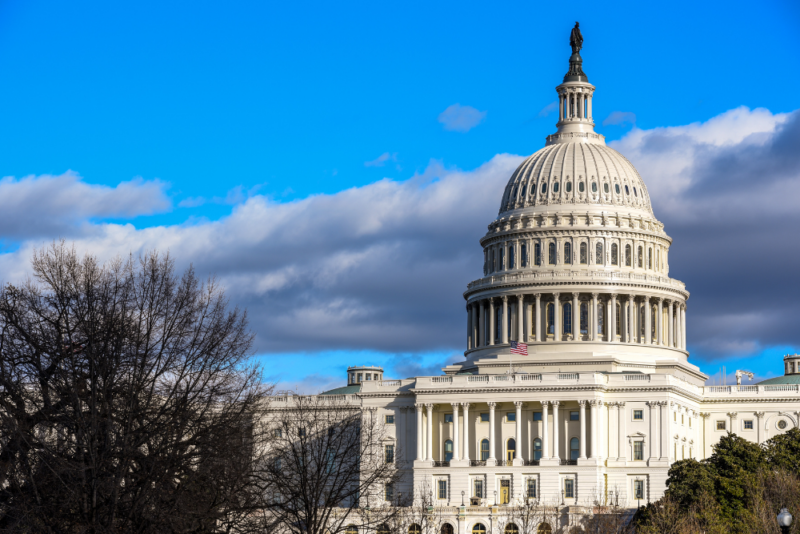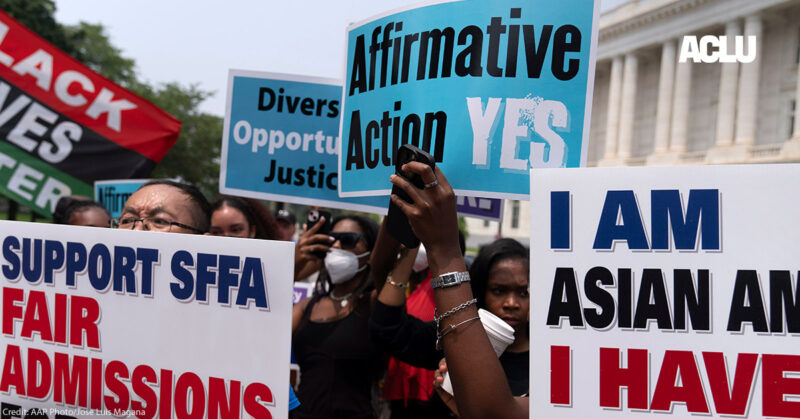By Matthew E. Connors
Unlike patents or copyrights, trademarks do not have fixed expiration dates. Instead, trademarks could last indefinitely as long as they continue to be used in commerce. If the mark is also registered with a government agency, it can be renewed again and again if certain maintenance documents and fees are filed.
In the United States, trademarks are protected under the concept of the “common law,” through registration with an individual state government, or through the federal government’s Patent and Trademark Office (USPTO). Those rights are generally limited to the specific goods or services the mark is used with.
Common Law Trademarks
A common law trademark is an unregistered trademark where protection of rights is established and maintained through use in commerce. These rights do not expire as long as the mark is being used continuously. However, the owner of a common law trademark can only claim the protection of rights within their relevant geographic region.
Even though the mark is not registered, common law trademarks offer some level of legal protection against others using a similar mark. However, the protection afforded to common law trademarks is narrower and more limited than that which is given to registered trademarks. Registering a trademark provides stronger and more comprehensive protection.
State Trademark Registration
Often overlooked, a trademark can be registered with a state government. Registering a trademark in a state provides owners with exclusive rights to use their mark within that state. The specific requirements and procedures will vary, but the state’s Secretary of State Office will often provide information on their process. For example, here you can find information on the Massachusetts State trademark system.
The validity period of a state trademark registration can vary depending on the state where the mark is registered. Generally, state registrations are effective for a period of five to ten years and can be renewed for additional periods. Failure to renew the registration within the specified timeframe will result in the loss of state protection for the mark.
Of note, however, is that failure to renew does not mean that you have lost all rights to your mark. It means that your mark has now reverted back to a common law trademark. You can file an application for a new registration at any time if you’ve continued to use the mark.
Do you have any questions about your trademark? Reach out to us using this form:
It’s also important to note that state trademark registration only provides protection within that state. For broader protection, federal trademark registration with the USPTO is generally recommended.
Federal Registration With the USPTO
Registration with the United States Patent and Trademark Office provides the broadest and most comprehensive protection for your mark within the United States. Along with other statutory benefits, federal trademark registration grants trademark owners exclusive rights to use their marks throughout all fifty states and U.S. territories. It also provides the legal presumption of ownership and validity, is listed in the federal trademark database providing notice to others of your claim of ownership, and provides owners the right to use the ® registration symbol.
Filing a trademark application with the USPTO begins a legal process where you must meet certain requirements, deadlines, and pay all required fees. This process can take several months. In fact, as of 2023 the USPTO currently estimates that the process can take well over a year from filing to final disposition.
Not all applied-for trademarks register. The USPTO will evaluate an application based on several factors, including other marks that may already be registered that could block your application. However, if you meet all the requirements of the USPTO and your mark successfully registers, it will have an initial validity period of ten years from the date of registration.
In order to maintain your registration, you must continue to use the mark in commerce and file certain documents and required fees with the USPTO at regular intervals to prove that you’re still using your mark. For example, between the fifth and sixth year after registration you must submit renewal documents and proof of your continued use. This must also be done between the ninth and tenth year after registration. If you don’t meet these requirements by the deadlines set by the USPTO, your registration will be canceled or will expire.
After the initial ten-year period, trademark owners can renew their registration indefinitely by filing the renewal documents and fees every ten years. Federal trademark protection will continue as long as the trademark is actively used in commerce and the renewal requirements are met.
As with a state trademark registration, if you fail to renew your registration but are still using the mark, your rights will revert back to the limited protection of a common law trademark.
International Trademark Registration
As you can see, enforcement of trademark rights is specific to regions where the marks are used and registered. For trademark owners who use their marks internationally, it is recommended to register the mark at least within the primary regions of use. Registration of a mark in one country is not generally accepted for enforcement purposes in another country. For example, if you are using your mark in the US and the European Union but only have a registration with the USPTO you may have some difficulty preventing another company in the EU from using your mark.
Like with the states, the duration of a registration in an international jurisdiction can vary from country to country. However, many countries, including the US, are signatories to an international treaty called the Madrid Protocol where protection is given for 10 years with additional renewal periods.
It is important to note that some countries do not give much weight to the concept of common law rights and will require a valid registration for enforcement if you need to stop someone from using a confusingly similar mark. If you intend to use your mark internationally, you should make foreign registration a priority as well.
Check out some of our latest publications.
- NVCA FORMS: What Are They and Why Should You Care?

- What is a Provisional Patent Application?

- CLIENT ALERT: Supreme Court Rejects Rule Requiring Majority-Group Plaintiffs To Meet Higher Evidentiary Standard for Title VII Claims

- Executive Order Seeks to Eliminate Disparate Impact Liability in Title VI & VII Enforcement Actions

- Client Update – Executive Order Upends Affirmative Action For Federal Contractors and Opens Door to False Claim Act Liability

- How to Find Venture Capital for Early-Stage Scaling Companies

